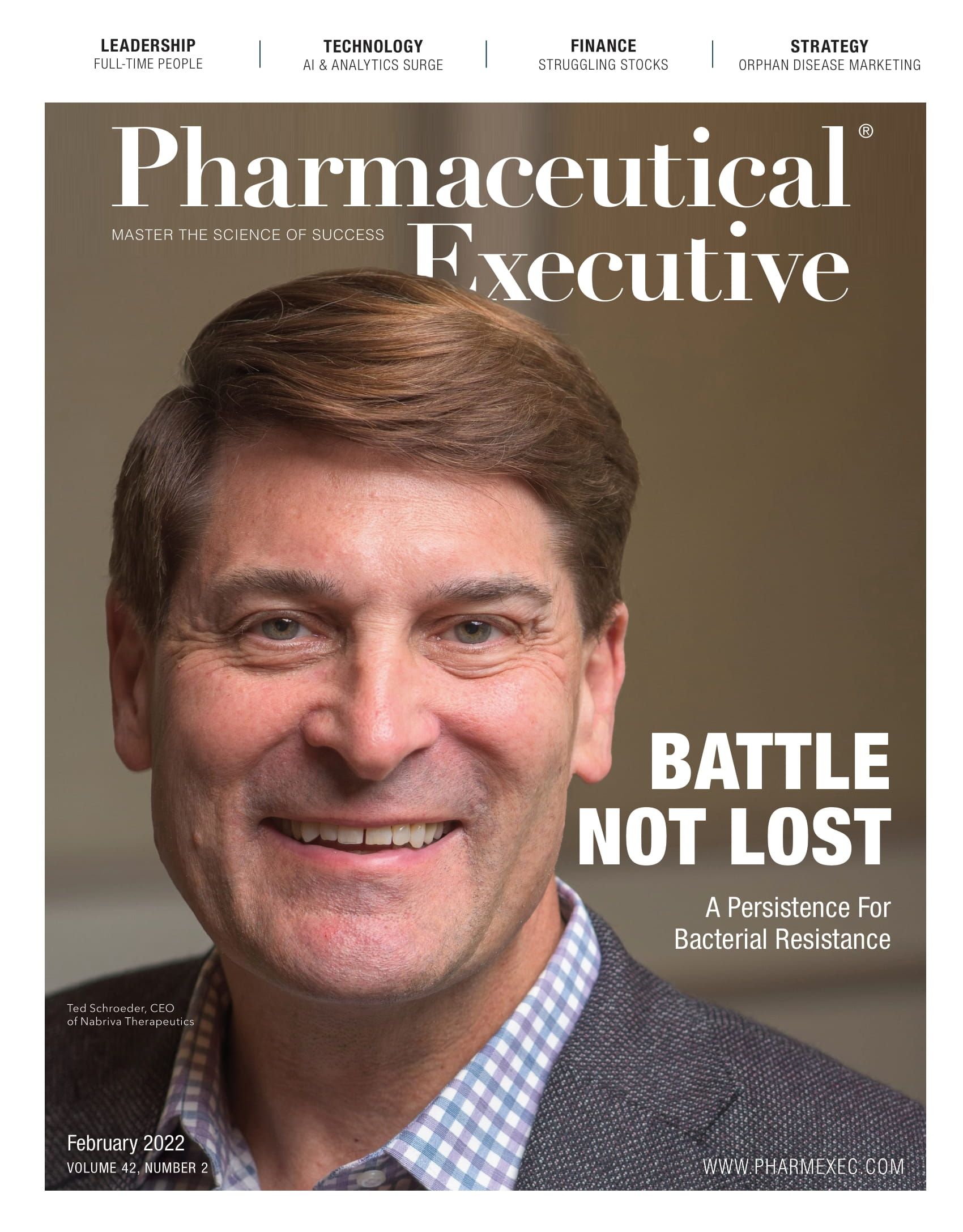The Importance of Culturally Inclusive and Relevant Marketing
Pharma should take an integrated approach to representing cultural elements in materials.
Diversity, equity, and inclusion (DE&I) is clearly on the radar of all industries, including pharmaceutical manufacturers and marketing/advertising agencies. While those two sectors operate under generalized categories for US Business and Labor Statistics, as well as the US Census, there are clear calls to action for both to step up the DE&I of all populations within their walls. And while these initiatives happen separately in these companies, where is the specific pharma marketing and their third-party agency partners in this stage of the DE&I evolution?

According to Stephen Frost, CEO and founder of Included, a diversity and inclusion strategy consultancy, pharma is still living in the Diversity 2.0 space of the maturity model. “But, I would say that many have moved into Inclusion 3.0, which is more mature and about really embedding it in what you do. Examples would be hiring clinical trials diversity directors or a vice president of inclusion…roles that get the ideas embedded into the company’s practices.”
But marketing and advertising itself as an industry appears challenged in recruiting and retaining diverse employees. In 2019, the Association of National Advertisers (ANA) released a report showing that recruiting and retaining racially diverse talent is a problem among marketers due to a fundamental disconnect between the resources being invested in diversity initiatives and a lack of inclusiveness felt by diverse workers. The association developed four key areas to help develop a diverse workforce, as follows:
- Rebuilding Reputation with Students: Creating greater awareness and relevancy of the marketing industry with students
- Reconnecting with Academia: Building greater and deeper connectivity between academia and the marketing industry
- Recruiting and Retaining with Purpose: Leveraging a marketing-driven mindset when recruiting and retaining talent
- Reinventing for the Present and Future: Building the right marketing capabilities for growth for our organizations.
This might look strikingly similar to what has preceded the marketing and advertising employers in regard to STEM. And, similarly, it resembles a Diversity 2.0 approach.
With these issues in mind, how do pharma, marketers, and external agencies get to a culturally inclusive and relevant marketing strategy?
Contracts and transparency
Frost says that procurements is one area of business that has embraced DE&I in its contracts. “The US is the most advanced market for supplier diversity,” says Frost. “However, there is a debate whether it’s just a ‘tick-the-box’ approach or whether it’s genuine. But the fact is now in many contracts, there are clauses requiring diversity and—in many cases—requiring an audit of that.”

Christine Sakdalan, vice president of customer engagement strategy and solutions for Otsuka, and CEO of a nonprofit organization called Momentum and Value for People of Color (MVPOC), adds, “In pharma, we say we are here to transform peoples’ lives. However, how that translates into action sometimes is lacking in terms of having the right representation of our patient populations we serve in our communications and marketing materials. We have the best of intentions and best purpose in mind, but we don’t always support that with the right infrastructure or investments or the right partnerships, including our agency partners.”
While on the topic of RFPs and requiring that partnered companies fulfill diversity requirements, as well as NASDAQ’s requirements that public companies disclose board diversity, this speaks to the increase in transparency to this process. And, for some in pharma, that is an opportunity to effect positive change.
In a diversity roundtable sponsored by Pharm Exec last year, CEOs gathered with Frost to discuss diversity and inclusion on the broader pharma level. Roundtable members favored the external requirements and transparency among all external vendors as a way to ensure commitments to diversity are taken seriously, and as a way to show leadership in the entire pharma ecosystem.

Lydia Cronin, marketing manager for Included, adds, “Outside of an inclusion rider, or a contract clause, there should be a kind of threshold of what your standards are in terms of DE&I of particular organizations that you might be partnering with. Because pharma has the reputational and financial power to make a difference, and revenue potential sometimes is the only thing that speaks to them.”
Sales and marketing
External contracts and hitting partners in their pocketbooks is not the only way to influence a diverse workforce. Another way is to look internally, and especially in drug commercialization, that means sales.
Frost describes a pharma client who was selling its diabetes product in the southern US, with a salesforce that was entirely Caucasian, and not reflective of the target healthcare professional (HCP) workforce. “It had a commercial impact,” says Frost. “The HCPs are looking much more at who is selling to them. So whether a company partners with Black health associations or NAACP, you may be getting it wrong. If you peel beneath the marketing and the product doesn’t stack up because your entire field force is white, it’s a problem.”
To that end, Frost believes these more practical aspects of examining the marketing and detailing and doing an audit of the marketing, as well as social media, is on the board. He also suggests looking for marketing talent outside of pharma and brining their broader consumer strengths into the mix.
Currently, Frost and Cronin are preparing their next book and have interviewed a number of pharma leaders. Cronin tells Pharm Exec, “They are turning more to authenticity. It can’t be just putting [a diverse representative photo] on the front and pushing that out and assuming that no one is going to question what comes beneath. It’s needing to have that backed up within an organization.”
Sakdalan agrees: “We need to understand the insights for those cultures and understand how to engage in a more relevant way. In marketing, it’s a deep understanding of who you are trying to reach and engage to enable better decision making and to take action accordingly.”
To that end, Sakdalan suggests a holistic approach to these communities. For example, if the culture includes dancing, music, and food, then that needs to be a part of the campaign. “If you are creating a healthy eating program for people with diabetes, for example, you need to offer healthier options for the foods that a particular culture actually eats,” says Sakdalan. Does that information only come from the internal teams or the external teams that are on the projects? Not necessarily, says Sakdalan, but at least market research and campaign testing to the awareness of these cultural approaches are important.
“Make sure your market research is diverse or representative of that community,” says Sakdalan. Another way marketers can learn new approaches is through cultural immersion. “Ethnographies…use that as part of a cultural immersion for the right community. It will expand your horizon. As long as you have the awareness, knowledge, and desire to do something different and purposeful, the actions will be impacted by that.”
Measuring the effectiveness of culturally relevant marketing and advertising campaigns is not hard, says Sakdalan, because we have “overwhelming amounts of data.” In the end, however, “it’s the same as any campaign—using pre- and post-tests, targeted media buying and optimization geared toward certain populations, and measuring effectiveness of that.”
Cronin also suggests a sentiment analysis tool conducted across press or on social media to see how people are talking about your company or campaign, as well as other tools that come with measuring brand awareness.
As Sakdalan reiterates, “You’re not changing the process, you are changing the way you approach the process.”
Lisa Henderson is Pharm Exec's Group Editorial Director. She can be reached at lhenderson@mjhlifesciences.com

The Misinformation Maze: Navigating Public Health in the Digital Age
March 11th 2025Jennifer Butler, chief commercial officer of Pleio, discusses misinformation's threat to public health, where patients are turning for trustworthy health information, the industry's pivot to peer-to-patient strategies to educate patients, and more.
Navigating Distrust: Pharma in the Age of Social Media
February 18th 2025Ian Baer, Founder and CEO of Sooth, discusses how the growing distrust in social media will impact industry marketing strategies and the relationships between pharmaceutical companies and the patients they aim to serve. He also explains dark social, how to combat misinformation, closing the trust gap, and more.





















